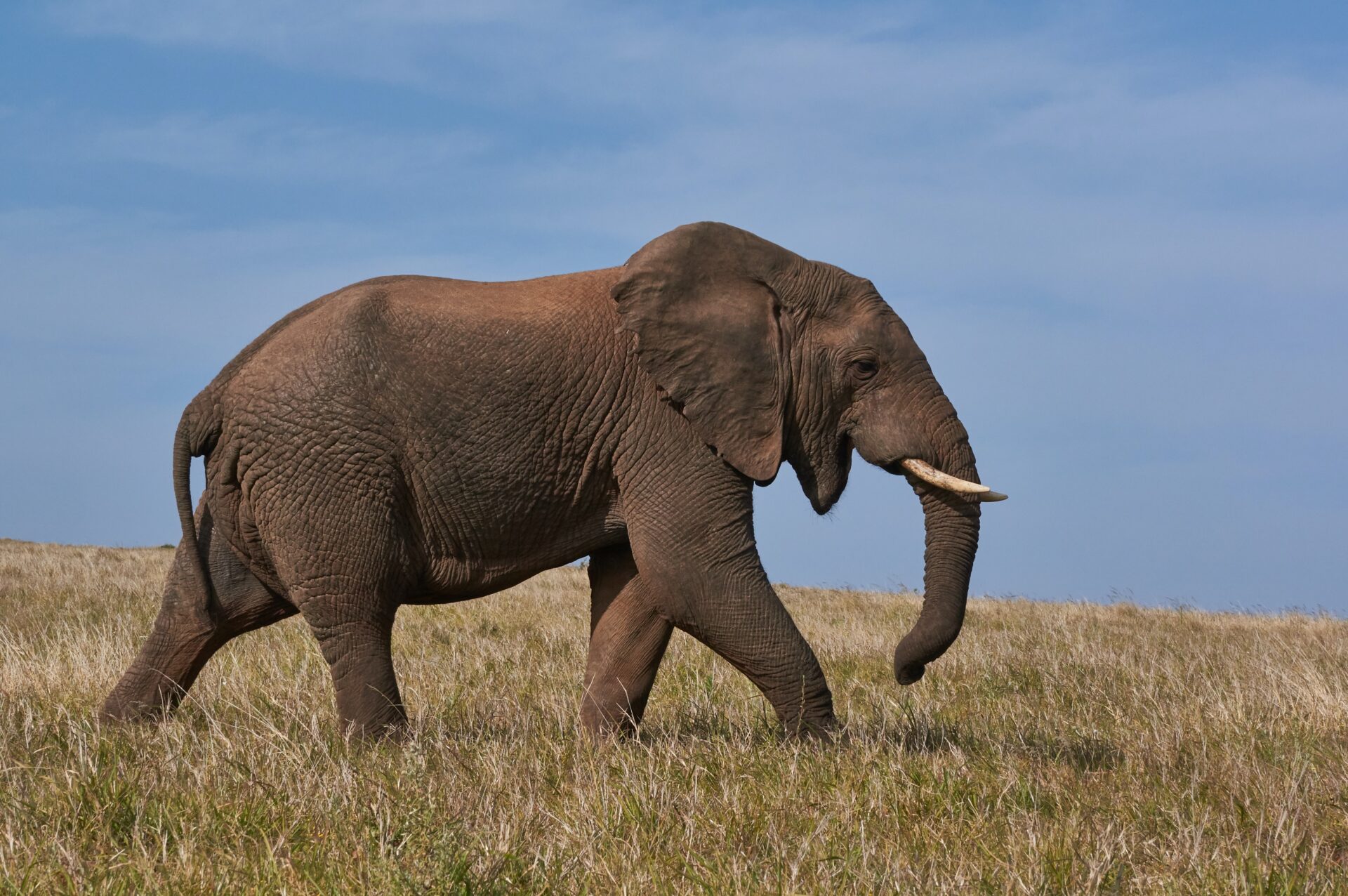Thailand – a land famous for its stunning tourist attractions, delicious Thai food, and picturesque beaches. But did you know that Thailand is also home to a diverse and vibrant array of wildlife? From the lush rainforests of Khao Sok National Park to the vibrant marine life of the Andaman Sea, Thailand boasts a rich biodiversity that is truly a marvel. In this article, we will explore the exotic wildlife of Thailand, from the majestic elephants and elusive tigers to the colorful birds and fascinating marine creatures that inhabit this tropical paradise. Get ready to embark on a journey through the mesmerizing world of Thailand’s unique fauna!
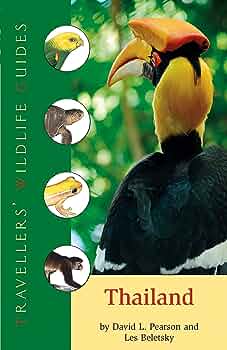
Birds of Thailand
Thailand is home to a diverse and vibrant population of birds, making it a haven for bird watchers and nature enthusiasts alike. With over 1,000 recorded species, the country offers a rich and varied birding experience. From the stunning colors of the Asian Fairy-bluebird to the majestic flight of the Oriental Pied Hornbill, you will find an array of fascinating avian species in Thailand.
Diverse Species of Birds
The bird population in Thailand encompasses a wide range of species, ranging from resident birds to migratory birds that visit during certain seasons. Some of the popular bird species found in the country include the White-throated Kingfisher, Asian Koel, and Red-breasted Parakeet. The diversity of habitats in Thailand, such as forests, wetlands, and mountains, contributes to the presence of such a vast array of avian species.
Popular Bird Watching Locations
For avid bird watchers, Thailand offers several renowned bird watching locations that provide the opportunity to spot both common and rare species. Khao Yai National Park, located near Bangkok, is one such destination. The park’s diverse ecosystems, including evergreen forests and grasslands, attract numerous bird species. Doi Inthanon National Park, known as the “Roof of Thailand,” is another hotspot for bird watching. Its high elevations and montane forests are home to a variety of birds, including the Green-tailed Sunbird and White-browed Shortwing.
Endangered Bird Species
While Thailand boasts a rich variety of bird species, it is also home to endangered bird species that require conservation efforts to ensure their survival. The critically endangered Spoon-billed Sandpiper, for example, is a small shorebird that relies on the coastal wetlands of Thailand for its habitat. The Great Slaty Woodpecker and White-shouldered Ibis are also endangered species that require special attention to protect their dwindling populations. Conservation organizations in Thailand are working tirelessly to preserve these fragile bird species and their habitats.
Mammals of Thailand
Thailand’s abundant wildlife is not limited to birds alone – it is also home to an impressive array of mammal species. From unique mammals found nowhere else in the world to the iconic elephants that have long been associated with Thailand, the country’s mammalian diversity is truly remarkable.
Unique Mammal Species
Thailand is known for its unique and endemic mammals that cannot be found anywhere else on the planet. One such example is the Siamese Hare, a small rabbit-like animal that is native to the central plains of Thailand. Another fascinating species is the Sunda Pangolin, a scaly anteater known for its ability to curl up into a ball when threatened. These endemic mammals are a testament to Thailand’s biodiversity and the importance of preserving their natural habitats.
Iconic Elephants of Thailand
When one thinks of Thailand, elephants often come to mind. These majestic creatures hold a special place in Thai culture and history. From being used in traditional ceremonies to working in the logging industry, elephants have long been intertwined with the daily lives of the Thai people. Today, conservation efforts are focused on protecting the remaining wild elephant populations and providing them with safe habitats. Visitors to Thailand can witness these incredible animals up close in national parks and wildlife reserves, where elephant conservation programs are in place.
Thailand’s Monkey Population
Thailand is also home to a thriving monkey population, with various species found throughout the country. From the mischievous long-tailed macaques commonly seen in temples to the agile and acrobatic gibbons swinging through the treetops, monkeys add a playful and captivating element to Thailand’s wildlife. However, it is essential to remember that they are ultimately wild animals and should be observed from a respectful distance to ensure their well-being and the safety of humans.
Reptiles and Amphibians of Thailand
Thailand’s diverse ecosystems are also host to a fascinating array of reptiles and amphibians. From snakes that instill both fear and fascination to frogs that serenade the night, these cold-blooded creatures play a crucial role in maintaining the ecological balance of the country’s fragile habitats.
Rich Reptilian Diversity
Thailand boasts one of the richest reptilian diversities in the world, with over 300 reptile species calling the country their home. This includes various lizard species like the colorful Tokay Gecko and the well-camouflaged Green Crested Lizard. Thailand is also home to numerous snake species, such as the venomous King Cobra and the vibrant Malayan Pit Viper. These reptiles may elicit a mix of awe and caution, but they contribute significantly to the country’s biodiversity.
Venomous Snakes of Thailand
While snakes may strike fear into the hearts of many, Thailand is known for its venomous snakes that inhabit various landscapes across the country. The deadly Malayan Krait, recognized by its black and white bands, can be found in rural areas and forests, while the notorious Monocled Cobra is a master of adaptation, thriving even in urban environments. Though venomous, these snakes generally prefer to avoid human encounters and play a vital role in controlling rodent populations.
Frogs and Toads
Thailand’s tropical climate creates the perfect habitat for frogs and toads, resulting in a vast number of species present in the country. These amphibians are known for their unique calls, which can often be heard during the rainy season. From the eye-catching Red-eyed Tree Frog to the diminutive Golden Cascade Frog, Thailand’s frog and toad species exhibit a stunning range of colors and patterns. Observing their nighttime chorus is a surreal experience that highlights the country’s natural wonders.
Marine Life of Thailand
Being a coastal country, Thailand’s diverse marine ecosystems are not to be overlooked. Beneath the crystal-clear waters lie vibrant coral reefs teeming with colorful tropical fish, as well as the spectacular marine creatures that call these underwater wonderlands their home.
Coral Reefs and Tropical Fish
Thailand’s coral reefs are a sight to behold, attracting snorkelers and scuba divers from around the world. The Andaman Sea, located on the west coast of Thailand, is particularly known for its stunning reefs. Here, vibrant and diverse coral formations provide a habitat for an array of tropical fish species, including the iconic Clownfish, Parrotfish, and Angelfish. Swimming among these vibrant corals and graceful fish is an unforgettable experience that awakens a sense of wonder and awe.
Whale Sharks in Thai Waters
For those seeking encounters with magnificent marine giants, Thailand offers the chance to swim alongside the awe-inspiring whale sharks. These gentle giants, despite their imposing size, are filter feeders and pose no threat to humans. The Gulf of Thailand, specifically Koh Tao and Chumphon, is a renowned spot to witness these graceful creatures up close. Responsible tourism and conservation efforts are essential to protect the marine ecosystems that sustain these magnificent animals.
Dugongs and Sea Turtles
The coastal waters of Thailand are also home to other enchanting marine creatures, such as the dugong and sea turtles. Dugongs, often referred to as “sea cows,” are herbivorous marine mammals that graze on seagrass beds. The pristine waters around Trang and Satun provinces are known for their dugong populations, providing opportunities to spot these gentle herbivores. Additionally, Thailand’s beaches serve as nesting grounds for various species of sea turtles, including the critically endangered Hawksbill Turtle and the majestic Leatherback Turtle. Conservation efforts focus on protecting these nesting sites and implementing measures to ensure the survival of these endangered species.
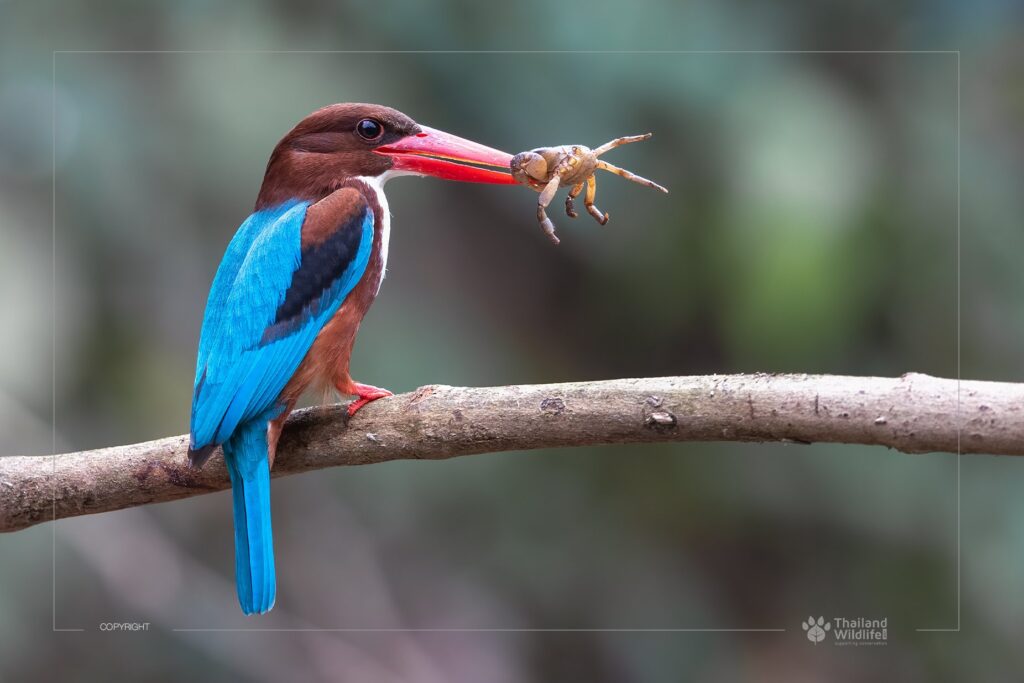
Insects and Arachnids of Thailand
Thailand’s lush landscapes are not only home to an astounding variety of vertebrates but also to a diverse and fascinating collection of insects and arachnids. From delicate butterflies fluttering through the air to formidable spiders lurking in the shadows, Thailand’s invertebrate world offers a treasure trove of biodiversity.
Beautiful Butterflies and Moths
Butterflies and moths are among the most iconic and visually striking insects found in Thailand. With their vibrant colors and delicate wings, they add a touch of enchantment to the country’s natural landscapes. The elusive Rajah Brooke’s Birdwing is a sought-after species, known for its stunning green and black wings. The Atlas Moth, infamous for its large size and intricate patterns, is another fascinating sight. Exploring Thailand’s national parks and botanical gardens often allows for close encounters with these resplendent winged creatures.
Scorpions and Tarantulas
For those with a penchant for the more formidable and mysterious creatures of the invertebrate world, Thailand does not disappoint. Scorpions, known for their venomous stings, make their presence felt in various regions of the country. The Giant Forest Scorpion, with its imposing size and menacing appearance, can be found in leaf litter and dark corners of the forest. Similarly, tarantulas, possessing fearsome fangs and furry bodies, inhabit the soil and burrows of Thailand’s wilderness. While they may evoke fear, these creatures are vital components of Thailand’s complex ecosystems.
Mosquitoes and Dengue Fever
With its tropical climate, Thailand is not without its share of less-loved insects, such as mosquitoes. While these pesky bloodsuckers can be a nuisance, they also pose health risks, with diseases like dengue fever transmitted through their bites. It is crucial for visitors and locals alike to take necessary precautions, such as using insect repellents and wearing appropriate clothing, to protect against such diseases. Public health campaigns and mosquito control are important measures undertaken by the Thai government to mitigate the risk of mosquito-borne illnesses.
Plants and Flowers of Thailand
Thailand’s fertile landscapes are adorned with an abundance of vibrant plants and flowers, adding a burst of color and fragrance to the natural scenery. From the lush rainforests to the meticulously maintained gardens, the country’s flora offers a captivating visual spectacle.
Flora in the Thai Rainforest
Thailand’s rainforests are a treasure trove of flora, encompassing a vast spectrum of plant species. Towering trees like the Shorea robusta and Dipterocarpus alatus dominate the canopy, forming a lush green cathedral. Epiphytes and lianas cling to the trunks and branches, creating a web of life within the forest. Orchids, ferns, and pitcher plants find their niche on the forest floor, displaying their unique adaptations. Exploring Thailand’s rainforests reveals the intricate interplay of plants and their significance in sustaining the delicate balance of these ecosystems.
Orchids: Thailand’s National Flower
Orchids hold a special place in Thai culture, symbolizing beauty, refinement, and royalty. Thailand is home to a staggering variety of orchid species, making it one of the world’s centers of orchid diversity. From the vibrant Vanda coerulea to the delicate Dendrobium orchids, these exquisite flowers can be found in various regions of the country. Botanical gardens and orchid farms provide opportunities for visitors to admire and learn about these captivating blooms, which are a reflection of Thailand’s natural heritage.
Sacred Lotus
The sacred lotus, known as “buad” in Thai, is deeply ingrained in Thai culture and spirituality. It holds great significance in Buddhist traditions, symbolizing purity and enlightenment. The lotus can be found gracing ponds, lakes, and temple surroundings throughout Thailand. Its magnificent petals and distinctive fragrance make it a beloved and revered flower. Witnessing the lotus blooming in all its splendor is a reminder of Thailand’s deep spiritual roots and the profound connection between its people and nature.
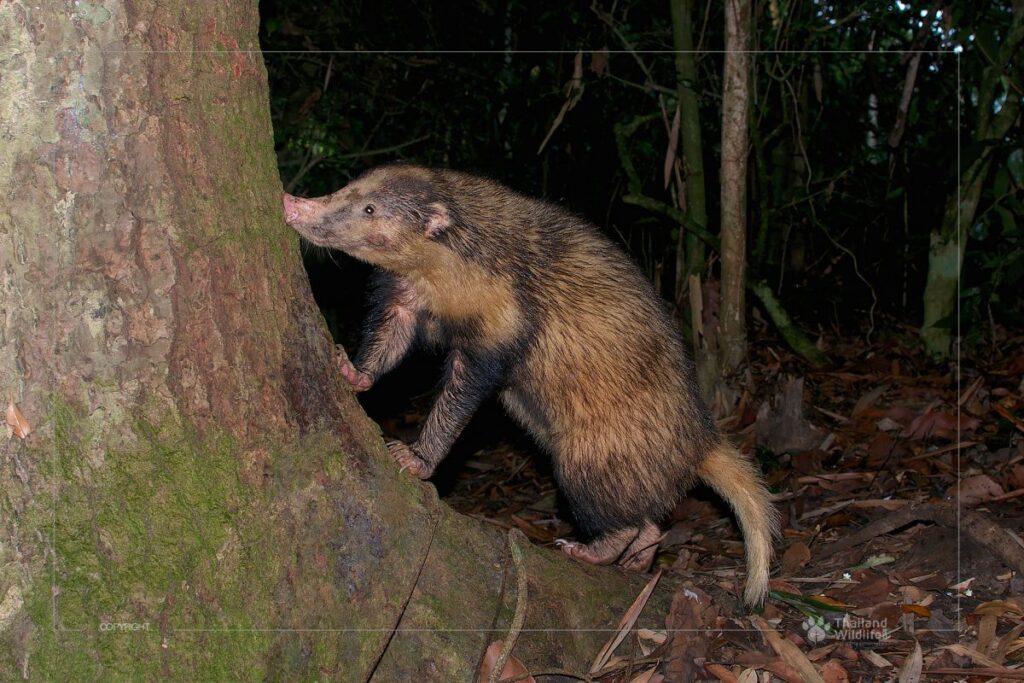
National Parks and Wildlife Reserves
Thailand is committed to preserving its natural wonders, evident in its extensive network of national parks and wildlife reserves. These protected areas serve as havens for Thailand’s diverse flora and fauna, offering visitors a chance to immerse themselves in the country’s natural splendor.
Khao Yai National Park
Khao Yai National Park, located just a few hours’ drive from Bangkok, is one of Thailand’s most popular national parks. Its expansive forests, grasslands, and waterfalls are home to a remarkable variety of wildlife. Visitors have the opportunity to encounter diverse species, including elephants, deer, gibbons, and an array of bird species. Trekking, camping, and wildlife spotting are among the activities that allow visitors to appreciate the park’s unique biodiversity.
Doi Inthanon National Park
Situated in the rugged mountain ranges of northern Thailand, Doi Inthanon National Park offers a high-altitude escape with breathtaking landscapes and rare wildlife. As the highest peak in Thailand, Doi Inthanon is a paradise for bird watchers and nature enthusiasts. Trekking trails wind through the montane forests, revealing unique flora and opportunities to spot bird species like the Green-tailed Sunbird and Black-tailed Crake. The park’s diversity is further highlighted by majestic waterfalls and captivating hill tribe villages.
Sam Roi Yot National Park
Sam Roi Yot National Park, translating to “mountains with 300 peaks,” is located along the Gulf of Thailand. Its coastal wetlands, limestone karsts, and pristine beaches create a picturesque setting teeming with wildlife. Known for its diverse bird population, the park also offers opportunities to spot mammals like dusky langurs and crab-eating macaques. Hiking through the park’s trails leads to breathtaking viewpoints, hidden caves, and shimmering lagoons, offering a truly immersive experience in Thailand’s coastal wilderness.
Conservation Efforts in Thailand
Recognizing the importance of protecting its unique biodiversity, Thailand has made significant strides in conservation efforts. From safeguarding endangered species to promoting sustainable ecotourism, these initiatives are crucial for ensuring the long-term preservation of the country’s natural heritage.
Protection of Endangered Species
Thailand has implemented various measures to protect endangered species and their habitats. Conservation projects, such as the establishment of protected areas and wildlife sanctuaries, aim to safeguard the habitats of threatened species. Strict regulations on hunting and poaching help reduce illegal activities that can lead to the decline of vulnerable wildlife populations. Collaboration with international organizations also assists in conservation efforts, contributing to the conservation of globally threatened species found in Thailand.
Wildlife Rescue Centers
Wildlife rescue centers play a vital role in rehabilitating and releasing injured or confiscated animals back into the wild. These centers provide necessary medical care, rehabilitation, and education to ensure the successful reintroduction of animals while promoting sustainable practices. Organizations like the Wildlife Friends Foundation Thailand (WFFT) rescue and care for a wide range of animals, including elephants, primates, and various endangered species. These centers serve as educational hubs, raising awareness about wildlife conservation and the need for ethical interactions with animals.
Sustainable Ecotourism
Thailand’s natural beauty draws visitors from far and wide, and promoting sustainable ecotourism is pivotal in maintaining the delicate balance between tourism and conservation. By adhering to responsible travel practices, visitors can support local communities and contribute to conservation efforts. Choosing eco-friendly accommodations, participating in wildlife-friendly activities, and respecting natural habitats are essential steps to ensure the long-term sustainability of Thailand’s natural wonders. Several tour operators and organizations work hand in hand with local communities to promote sustainable tourism practices and foster a harmonious relationship between humans and wildlife.
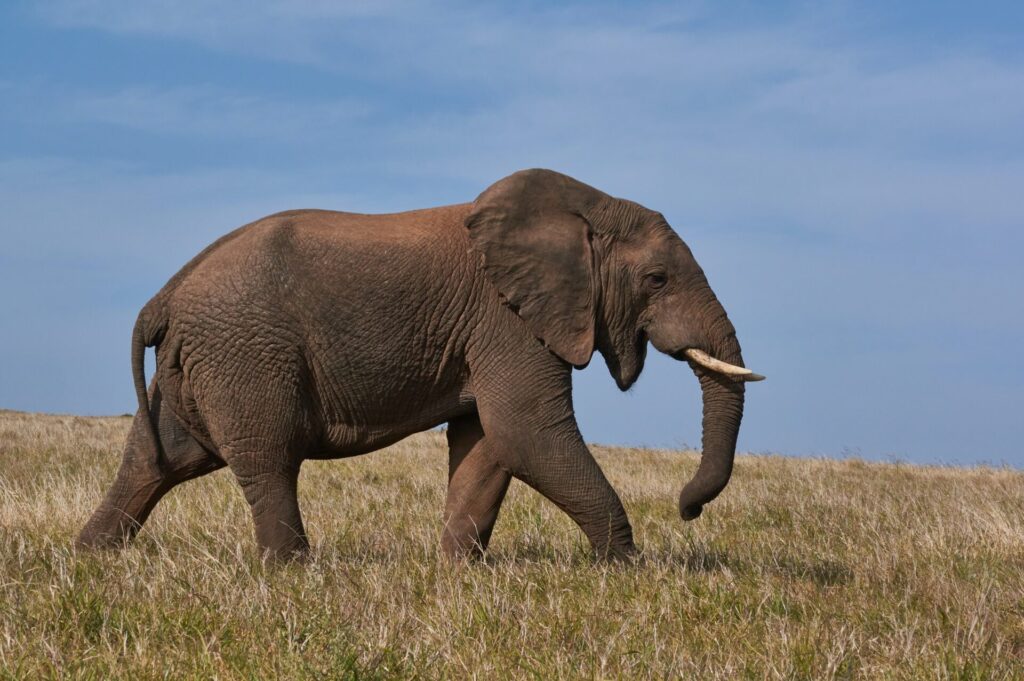
Thailand’s Unique Animal Festivals
Thailand’s cultural fabric is interwoven with its rich biodiversity, manifesting in unique and colorful animal festivals that celebrate the country’s natural heritage. These lively events showcase the deep reverence and connection that the Thai people have with their wildlife.
Elephant Festivals
Elephant festivals are an integral part of Thai culture, highlighting the reverence and admiration the country has for these magnificent creatures. The Surin Elephant Round-Up, held annually in Surin province, showcases the exceptional skills and strength of these gentle giants. Spectators are treated to captivating performances, such as elephant parades, traditional games, and even soccer matches. These festivals not only celebrate the cultural significance of elephants but also raise awareness about their conservation needs.
Buffalo Racing Festival
Thailand’s rural roots and agricultural traditions are celebrated in the Buffalo Racing Festival, a unique spectacle that showcases the strength and agility of these sturdy animals. Held annually in Chonburi province, buffalo races draw crowds who cheer as jockeys ride bareback on intricately adorned water buffalos. This lively tradition pays homage to the essential role that buffalos have played in Thai agriculture throughout history.
Monkey Buffet Festival
In the town of Lopburi, the Monkey Buffet Festival is an extravaganza that celebrates the cheeky macaque population that resides in the area. Locals prepare elaborate feasts for the monkeys, offering them a spread of fruits, vegetables, and other treats. The entertaining sight of monkeys indulging in the feast draws visitors from near and far, creating a lively spectacle that epitomizes the harmonious relationship between humans and animals in Thai culture.
Role of Wildlife in Thai Culture
The unique biodiversity of Thailand has deeply influenced its culture, art, and spiritual beliefs. Through symbolism and spiritual significance, wildlife holds a profound place in Thai culture, shaping various aspects of society.
Spiritual Significance of Animals
Many animals in Thailand are considered sacred and hold spiritual significance in Buddhist beliefs. The dainty white elephants, for instance, are revered as symbols of luck, wisdom, and power. The Garuda, a mythical bird-like creature, is seen as a protector and a symbol of authority. The sacredness attributed to animals is rooted in Thai folklore and spirituality, and their imagery is intricately woven into Thai architecture, art, and religious iconography.
Symbolism in Thai Art and Design
Nature and wildlife have long served as inspiration for Thai artists and craftsmen. Traditional Thai patterns and designs often feature motifs of animals, plants, and natural elements, reflecting the intricate beauty found in the country’s natural landscapes. From the elegant Thai silk patterns depicting elephants to delicate wood carvings of mythical creatures, these artistic expressions celebrate the intricate relationship between humans and the natural world.
Traditional Medicine and Wildlife
Thailand has a long history of traditional medicine that incorporates various elements of nature, including wildlife. Ancient practices, such as the use of herbs, roots, and animal-derived ingredients, are believed to possess medicinal properties. However, it is crucial to distinguish between sustainable traditional practices and the illegal trade of wildlife products. Conservation organizations and government regulations now focus on striking a balance between cultural heritage and wildlife protection, ensuring that traditional medicine practices evolve sustainably in harmony with conservation principles.
Thailand’s rich biodiversity and astounding array of wildlife have earned it the status of a biodiversity hotspot. From the vibrant bird species to the awe-inspiring marine life, the country offers an unparalleled experience for nature enthusiasts, highlighting the need for their conservation and sustainable enjoyment. As Thailand continues to preserve its unique wildlife, it is crucial for visitors and locals alike to appreciate and respect the natural wonders that make the country an exotic destination for wildlife lovers.

